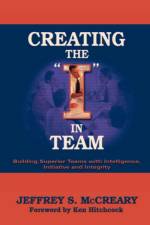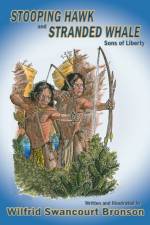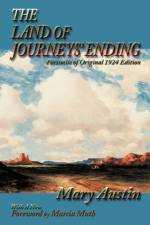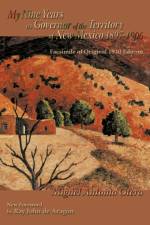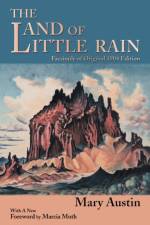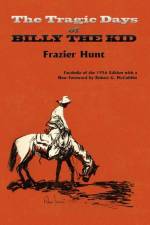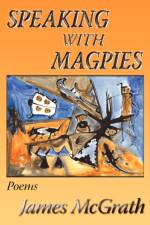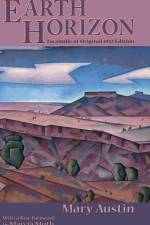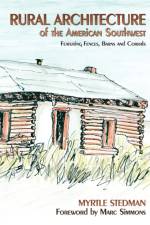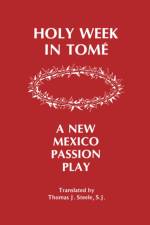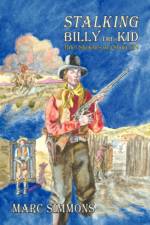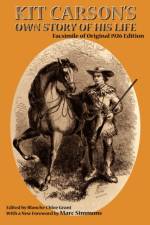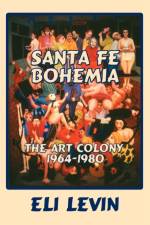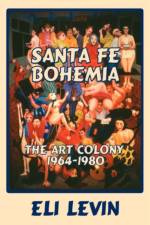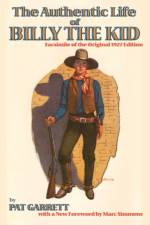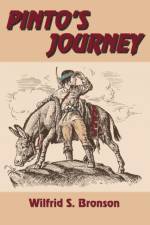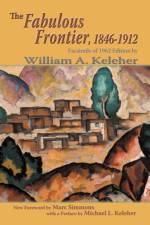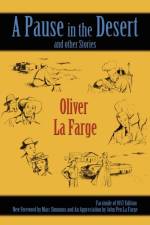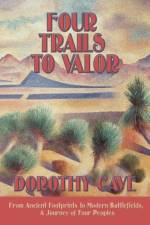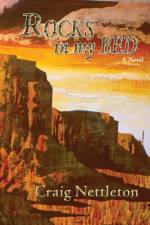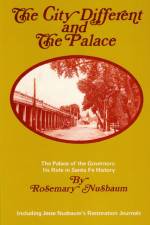av Miguel Antonio Otero
639 - 665,-
Miguel Antonio Otero (1859-1944) not only distinguished himself as a political leader in New Mexico and lived out his life as a champion of the people, but he is also highly recognized for his career as an author. He published his legendary "e;My Life on the Frontier, 1864-1882,"e; in 1935, followed by "e;The Real Billy the Kid: With New Light on the Lincoln County War"e; in 1936, "e;My Life on the Frontier, 1882-1897"e; in 1939, and "e;My Nine Years as Governor of the Territory of New Mexico, 1897-1906"e; in 1940. These books, of which this is one in Sunstone's Southwest Heritage Series, are filled with the raw power and intrigue of the Wild West written by one who lived it. One would expect no less from such a vibrant personality who filled the pages of his monumental history with the passionate memories of an exciting era. Otero was born in St. Louis, Missouri. His father, who bore the same name, and who was born in Valencia, New Mexico in 1829, had built up a stellar career in the East. Miguel Antonio Otero, Jr. was brought up in a family of wealth and influence, but he also experienced the hardships of growing up in a household that was always on the move. His family's sojourns took him from one town to another across Missouri, Kansas, Colorado, and New Mexico. During Miguel A. Otero's travels and frequent stopovers in Wild Western towns he came into contact with notorious outlaws like Clay Allison and popular lawmen such as Wild Bill Hickok, Pat Garrett, Elfego Baca, and other well known figures including Doc Holliday, William F. Cody ("e;Buffalo Bill"e;), General George A. Custer, and frontiersman Christopher "e;Kit"e; Carson. In fact, Otero was such an adventurous soul that he always sought out, or was in close contact with, anyone making headlines during the turbulent era he lived in. He even published a short lived newspaper called the "e;Otero Optic,"e; which eventually became the "e;Las Vegas Daily Optic."e; He began his illustrious career in politics as Las Vegas City Clerk, San Miguel County probate clerk, county clerk, and recorder, and district court clerk. Then in 1892 President William McKinley appointed Miguel Antonio Otero as governor of the New Mexico territory where he served until 1906.


